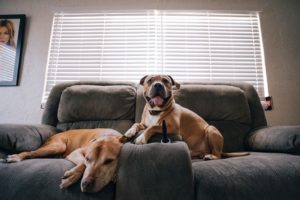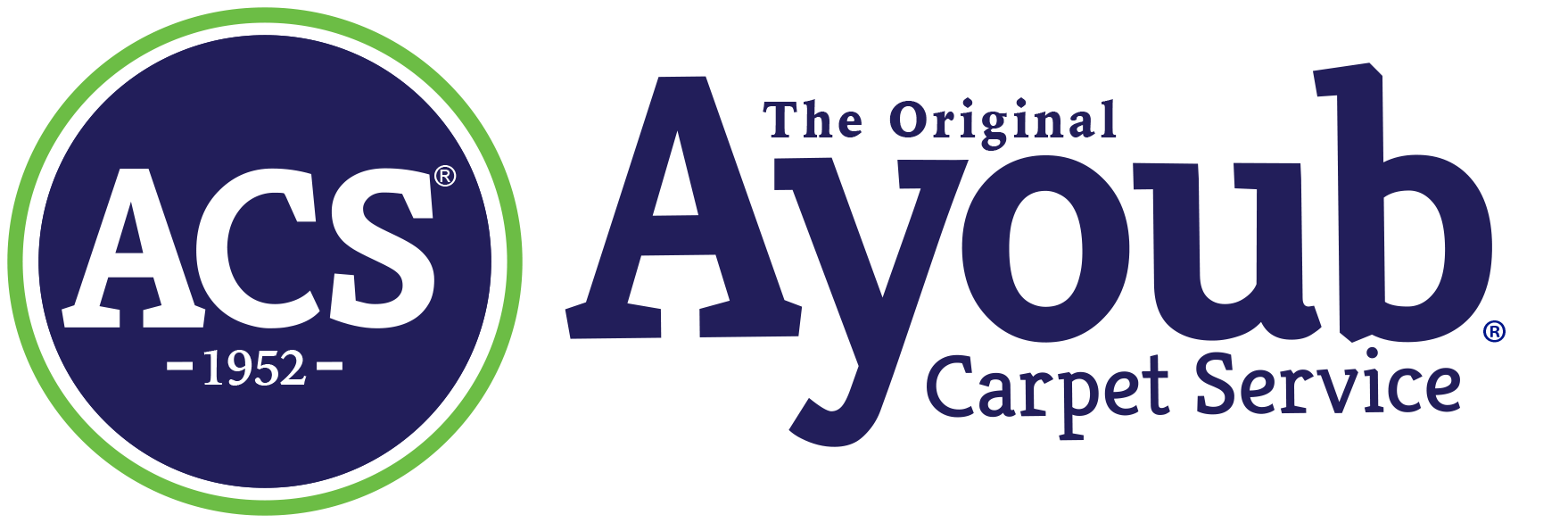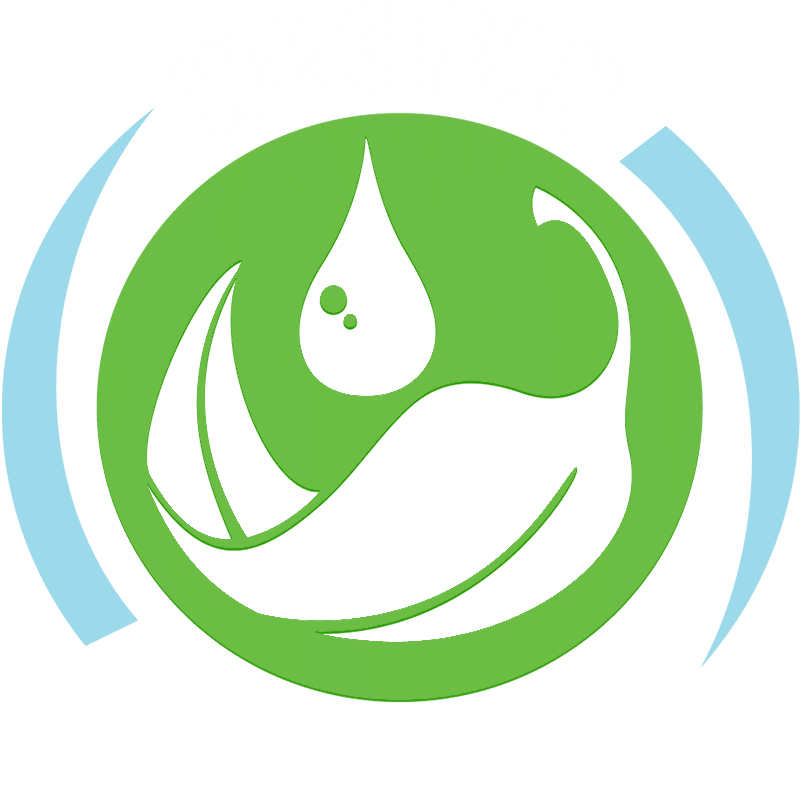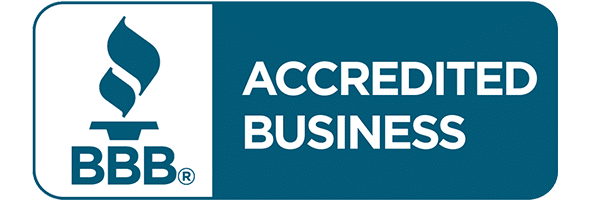How To Make Your Area Rug Cleaning Results Last
How To Make Your Area Rug Cleaning Results Last
Did you know the average cost of a new oriental rug is anywhere between $350 to $12,000? Authentic antique rugs could even reach hundreds of thousands of dollars! Likewise, recarpeting your home or buying a new upholstered sofa can put a significant hole in your bank account. Sometimes new is necessary, but with this amount of money on the line, your local experts should be ready to give you all of the information and resources you need in order to make your area rug cleaning results last and your wall-to-wall carpet maintain its durability.
Your rugs, carpets, and upholstery undergo a lot of traffic – maybe some areas more than others. Dining room rugs have food particles even the best vacuums cannot reach; regularly used couches have microscopic body oil and grease particles; and wall-to-wall carpets can store up to 4,000 times their weight in dirt, germs, and bacteria brought in by your shoes, children, and/or pets. While having your rugs, upholstery, and carpets regularly cleaned by a professional cleaning company is necessary for decreasing all of these issues, applying a post-cleaning protectant can be equally as important. Here’s why:
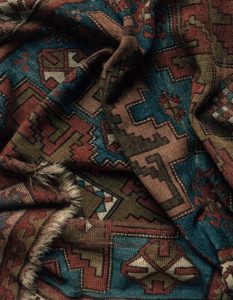
What Are Area Rugs Made Of?
Rugs, carpets, and upholstery are all made up of microscopic fibers. There are several types of fibers, but the most common are nylon and wool.Nylon:
Nylon molecules are obtained through an intensive chemical process in which petroleum oil is broken down and heated creating tiny pieces of polymer pellets which are then heated again, pressed, and stretched into long threads resulting in continuous filament nylon. These threads of nylon are then dyed and sold to carpet manufacturers who twist and press the nylon fibers into various types of carpet. Solution-dyed nylon is another type of nylon fiber that is made up of pre-dyed polymer pellets which are heated, pressed, and stretched into long strings of colorful nylon threads.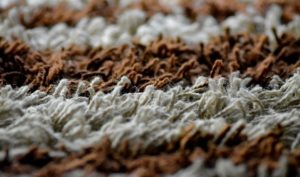
Continuous Filament Nylon v. Solution Dyed Nylon:
When the nylon, polymer pellets are dyed before being turned into fiber it creates a more effective bond between the fiber and the dye. When continuous filament nylon is dyed, the color is on the surface and does not penetrate all the way through to the middle of the fiber – therefore, the color may break down over time and the fibers will contain dye sites. Dye sites are areas on the fiber where the applied dye did not cling to it creating cracks. These sites give dirt particles space to attach themselves to the fiber and become visible, making a carpet appear to be dirty. Nylon manufacturers came up with two main solutions for dye sites, one of these is solution-dyed nylon, and another is applying a clear overcoat on continuous filament nylon in order to reinforce the colored dye and fill in any dye sites.If a carpet is made with continuous filament nylon fibers (dyed post-production), even with the clear coat of dye to fill in dye sites, fibers will break down over time creating cracks for dirt and staining that become visible resulting in a filthy-looking carpet. This is just one area where applying a protectant after a regular carpet cleaning can help. The protectant acts much like Teflon on a frying pan, in fact, it is made up of similar molecular materials. When it is applied to carpet, the molecules cling to the fibers creating bubbles of protection that fill in dye sites and give dirt particles no-where to land.
Why Using Protectant on Nylon Carpet Can Make Professional Cleaning Results Last Longer:
You may be asking yourself, “if my carpet is solution-dyed nylon with no dye sites, why would it need a protectant? Isn’t it stain and dirt resistant already?” The short answer is one simple word: Wear. Regardless of what fiber was used, there is no carpet that can withstand wear. The flooring industry’s definition of wear is: “Loss of fiber.” Think of it like this: on a molecular level, fibers are clear, like a glass window. As a carpet is being used – walked on, vacuumed, etc. – it is like taking a piece of sandpaper and going over the glass window every time you walk past it. Eventually, the glass window will no longer be see-through and the texture will change from smooth to coarse. This is precisely what happens over time to carpet fibers. While applying a protectant helps preserve the fibers and extend the life of your carpet, it does not last forever.So now you are asking yourself, “Why does a protectant have to be added multiple times? Why isn’t once enough?” The answer is the same: Wear. Protectant particles are not immune to abrasion – as they break away over time due to wear, they require reinforcement in order to continue shielding the carpet fibers.
Wool:
Unlike nylon which is a synthetic fiber, wool is a natural fiber. Natural fibers are much more likely to absorb liquid – meaning the difference between spilling coffee on a nylon fiber versus a wool fiber is astronomical. Wool absorbs 30% of any liquid that touches it. Removing a stain from a wool rug with no protectant can be challenging and there are no guarantees it can be fully removed. While wool is not naturally stain-resistant, it is dirt-resistant. Unless a wool rug has not been properly cleaned in years, dirt is unlikely to be visible – it is still there, but dirt does not easily attach itself to wool fibers. Where does the dirt go? Down to the base of the rug where it continues to accumulate until the next professional rug cleaning.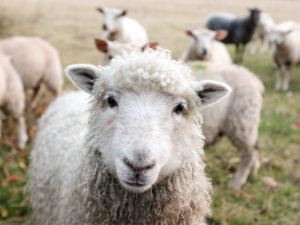
As you can probably guess, wool comes mostly from sheep. Just like most things, there is quality wool and there is not-so-great wool. The quality of the wool is dependent upon various factors: what part of the sheep it came from (the softer areas under the neck and on the inner thighs are higher-quality, unlike the rough portions on the back), if the sheep was dead or alive when the wool was sheered (yes, you did read that correctly), and lastly if the wool was properly cleaned and all the debris was removed or not. As you can probably guess, higher quality wool makes more expensive, softer, and more durable rugs, while lesser quality wool makes more affordable but rougher, and less durable rugs.
Regardless of quality, wool rugs will last longer with regular professional rug cleanings and a protectant applied post-cleaning. Not only will the protectant form a layer over top of the fibers to guard against that 30% absorbency rate, but it will also hold the wool fibers together and keep them from breaking down due to wear – this reduces fading and ultimately saves money on future repairs.
Regular, Professional, Cleaning Service:
The recommended professional cleaning schedule for wall-to-wall carpet is once every 12 to 18 months (or more frequently if the warranty requires it). For area rug cleaning, it depends on traffic, but on average the recommendation is every 3 to 5 years. The cleaning not only clears out all of the packed down dirt, germs, and bacteria lurking at the base of the carpet, rug, or upholstery, but it also resets all of the fibers in wall-to-wall carpet. This is especially true for carpet made with synthetic fibers since it is cleaned with high heat (unlike wool which is cleaned with cold water). When heat interacts with carpet fibers it causes a chemical reaction that perks them back up into their like-new positions. Sometimes in a high-traffic area, you will notice your carpet beginning to flatten out – a professional cleaning can remedy this.The reality is, dirt and usage cause wear, and wear breaks down fibers reducing the quality and the longevity of your carpets, rugs, and upholstery. Regular professional carpet cleaning, rug cleaning, and upholstery cleaning will keep what you love looking like new – and adding a protectant will make your area rug and carpet cleaning results last.
